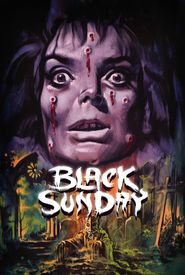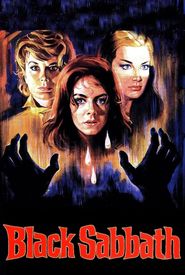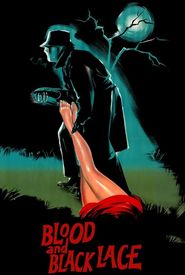Mario Bava was born on July 31, 1914, in the coastal town of Sanremo, Italy. His father, Eugenio Bava, was a cinematographer in the early days of the Italian film industry. Mario was trained as a painter and later followed his father's footsteps into film photography, which led him to emphasize the importance of visual composition in filmmaking.
Mario Bava worked as a cinematographer until 1960, developing a reputation as a special effects genius and using optical trickery to great success. He worked with notable directors such as Paolo Heusch, Riccardo Freda, Jacques Tourneur, and Raoul Walsh.
In 1956, Bava stepped in to direct Lust of the Vampire after the original director left the project due to an argument with the producers. This film, also known as "The Devil's Commandment," inspired a wave of gothic Italian horror films.
After a similar incident occurred on Freda's Caltiki, the Immortal Monster, and Bava's contributions to Tourneur's The Giant of Marathon, Galatea urged Bava to direct any film he wanted with their financing. The film that emerged was Black Sunday, one of his most well-known and best works, which also started the horror career of British actress Barbara Steele.
Bava's films took on the look of works of art, with stunning photography, great use of lighting, set design, and camera positioning to complement mise-en-scenes bathed in deep primaries. He created the style and substance of the giallo genre in films such as The Evil Eye and Blood and Black Lace.
Mario Bava worked in various popular genres, including viking films, peplum, spaghetti westerns, action, and softcore, but it is his horror films and giallo mystery films that stand out and for which he is best remembered.
His son Lamberto served as his assistant on most of his films since 1965 and has been a director himself since 1980. Mario Bava died from a sudden heart attack on April 27, 1980, at the age of 65, bringing an era in Italian filmmaking to a close.
















































